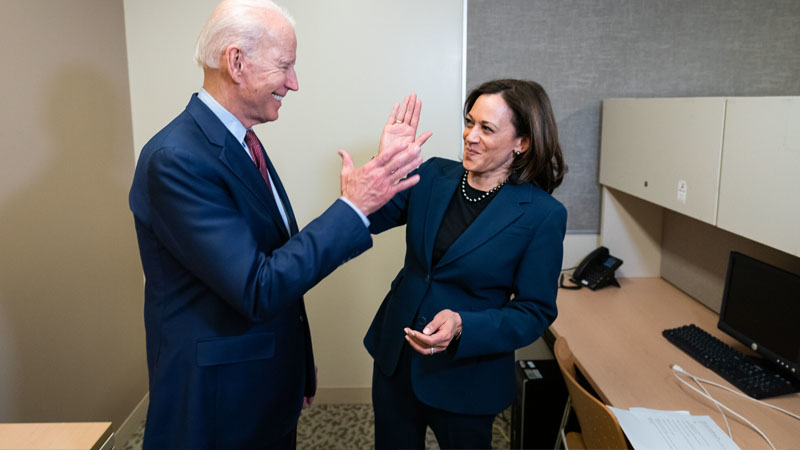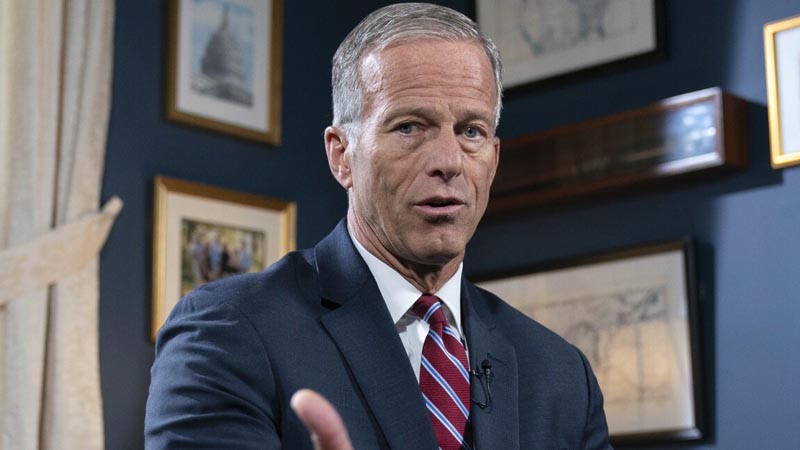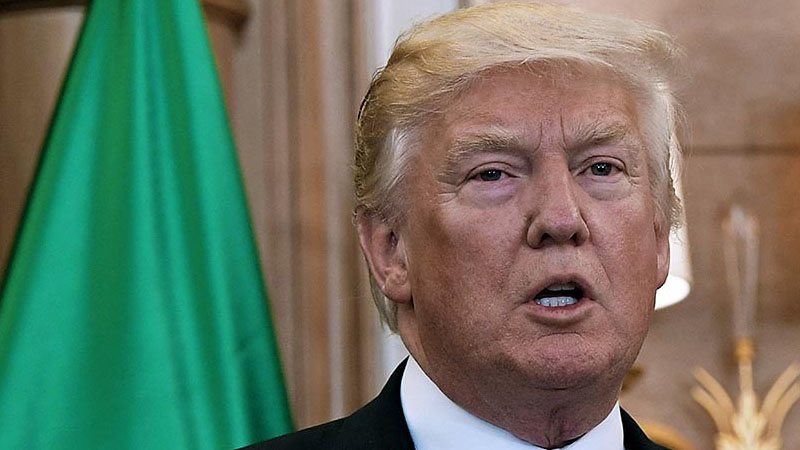“Democrats Refuse to Invest in Advocacy Media”: Ex-Conservative Insider Blames Dems for Information Warfare Failures

(Image: twitter)
Former right-wing media insider Matthew Sheffield has laid out his perspective on where the Democratic Party is failing in the ongoing “information war” against conservative media. Writing on X (formerly Twitter), Sheffield argued that the Democrats have not created an effective media ecosystem like that of the right, which he describes as a “partisan ecosystem” structured to continuously reinforce loyalty and negative partisanship among voters.
Sheffield sees this partisan media environment as a key strength for the right, explaining that it allows conservative figures and candidates to gain support without directly engaging in attacks. “Partisan ecosystems make a party’s job so much easier in several significant ways,” he wrote. “They can 24/7 attack the opposition without the candidates sullying themselves. They provide a jobs base that makes it easy for new party members to earn a living.”
For Sheffield, the impact of this conservative media structure goes beyond messaging. He believes it serves as a powerful tool to shape and reinforce negative views toward opposing political figures while also keeping conservative voters loyal to the party, even if they have reservations about individual leaders. Such a system, Sheffield suggests, was critical in former President Donald Trump’s recent victory in 2024.
Despite Trump’s divisive persona, many voters chose to back him, Sheffield argued, thanks to the influence of conservative media that effectively muted personal objections through constant reinforcement of partisan narratives. This structure, Sheffield contends, is one the Democrats have consistently failed to replicate, told Politico.
He criticized the party for neglecting low-information voters, who are often influenced by content on social media platforms. According to Sheffield, these voters—many of whom lack college degrees—are especially vulnerable to right-wing narratives that dominate on platforms like YouTube.

“The people who lost the election are the Democratic leaders who have steadfastly refused to invest in advocacy media,” Sheffield charged. Highlighting the disparity, he noted, “The average American is surrounded by partisan brainwashing media. There are now 7 right-wing infotainment channels and 1 MSNBC. This is why Harris lost.”
Sheffield also pointed out that Democrats’ reliance on legacy media, like traditional news outlets and established political websites, is a strategic flaw. These platforms, he argues, are insufficient for reaching the average American voter, who increasingly turns to social media and other non-traditional channels for information.
“Most Americans don’t watch TV news or read politics websites,” he argued on Tuesday. “They turn on YouTube and see what’s there. Overwhelmingly what they see is a torrent of right-wing sewage. The same exact thing is true in podcasting.”
In Sheffield’s view, the Democrats’ hesitancy to develop their own robust media presence has left them disadvantaged, particularly when appealing to voters susceptible to simple, repetitive messages. Without this kind of media infrastructure, he believes Democrats are unable to compete in the same arena as the right.
Sheffield’s critique, coming from someone who once worked within the conservative media ecosystem, offers an insider’s perspective on the power of partisan media in shaping public opinion. For Democrats, his insights serve as a warning that without a comparable media strategy, they will continue to struggle to capture and retain voters in an increasingly polarized information landscape.




